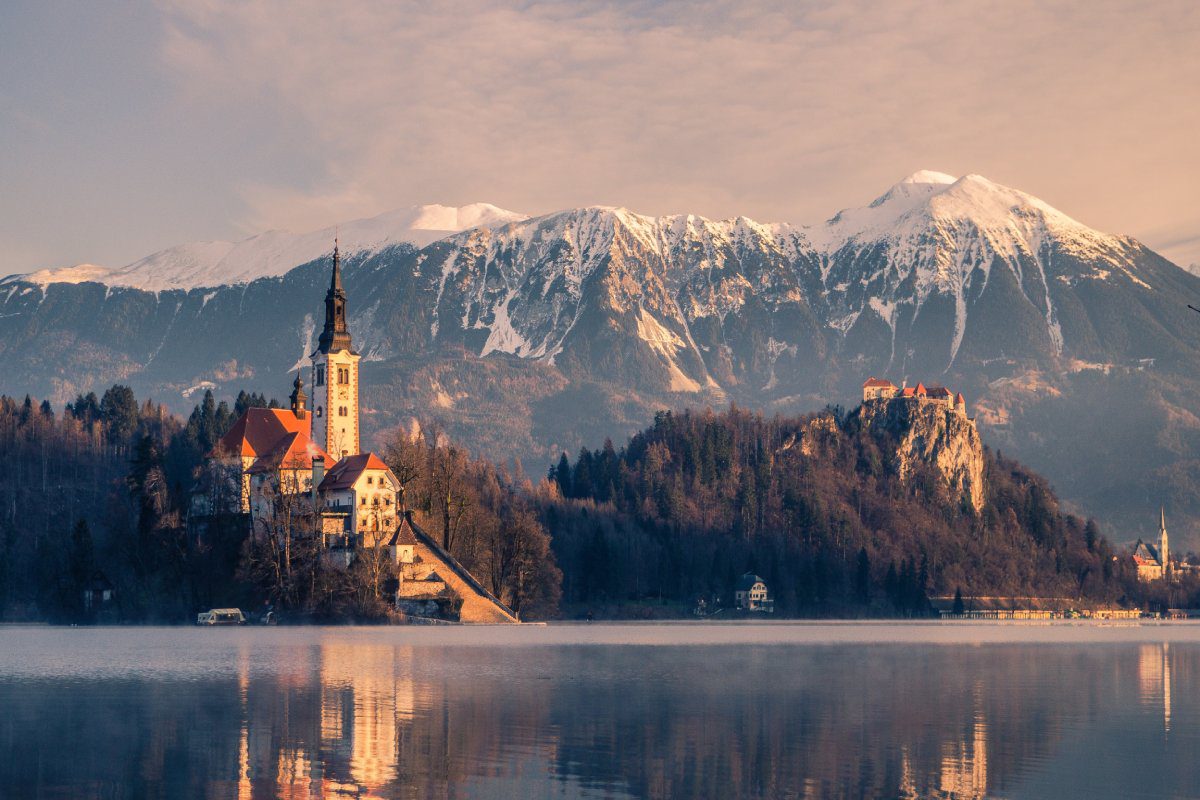How Slovenia’s Pioneering Certification for Green Travel Is Coming Up Short

Skift Take
Slovenia’s tourism board created a green certification scheme for destinations, hotels, parks and other stakeholders back in 2015 that has become a global model for how to sustainably develop a national tourism industry. Yet it comes up short when it comes to the industry problem of hotel participation.
Under the Green Destination certification process, destinations fill out an application, are audited, given a report then have to create a one year action plan, budget for it and present it to their municipality board, according to Jana Apih, managing director of GoodPlace, a nongovernmental organization that works with the Slovenia Tourism Board on the certification process.
Destinations report back on their action plan progress annually and are re-evaluated every three years.“They really need to go into it and say ‘This is where I’m not performing well. This is what I need to do in the next year,’ ” Apih said.
Slovenia has historically been a green country. More than 61 percent of the land area of Slovenia is covered in forests, making it one of the wooded countries in Europe. Over a third of the country is under the environmental protection of the European Unio
